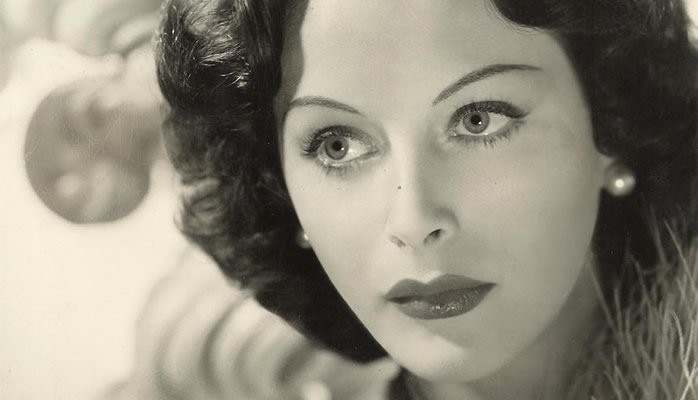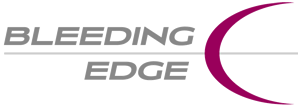
In an online environment heavily represented by templated websites and free to low-cost site builders, it’s easy to forget that consumers still like nice-looking graphics.
Keep that in mind when making decisions on who to hire to build your website. or if you attempt to build it yourself. Graphics directly affect user behaviors and customer conversions.
Pretty things work better.
That’s not a value judgment about experiences with employees. It’s a judgment about what does, or does not, make for an effective website, advertising campaign, or new technology. It’s a judgment about the importance of aesthetics. Not just for the sake of aesthetics, but because aesthetics influence usability.
Does this prose spark a glimmer of recognition?:
It is the pervading law of all things organic and inorganic,
Of all things physical and metaphysical,
Of all things human and all things super-human,
Of all true manifestations of the head,
Of the heart, of the soul,
That the life is recognizable in its expression,
That form ever follows function. This is the law.
– Louis Sullivan, Architect 1896
Louis was a terrific architect but “This is the law?” Puhleeeeze.
At Bleeding Edge we’re creating marketing and advertising campaigns, building websites, and shooting videos. Building skyscrapers is not currently in our wheelhouse – so let’s move the analogies from Architecture to Web Design.
If form followed function every e-commerce site would look the same – Target and Walmart would have identical layouts. CVS’s online pharmacy would look the same as Walgreen’s, Google would be identical to Bing and DuckDuckGo. At Bleeding Edge our programmers have an impressive track record of coding elegant, functional, database-driven websites, but the ultimate success of a project is dependent on features beyond functionality. Aesthetics, emotions, and usability are inextricably linked to the success of a website or application.
In other words, Pretty Things Work Better.
Don Norman in the book “Emotional Design: Why We Love (or Hate) Everyday Things” writes about a Japanese study:
Researchers in Japan set up two ATMs, “identical in function, the number of buttons, and how they worked.” The only difference was that one machine’s buttons and screens were arranged more attractively than the other. In both Japan and Israel (where this study was repeated) researchers observed that subjects encountered fewer difficulties with the more attractive machine. The attractive machine actually worked better.
The distinction between how something looks and how it works is artificial.
How do people respond to a website? To their first impression? To layout, colors, and font?
How do the choices we make as designers and programmers influence a user’s understanding and emotions? How do those emotions influence behavior? How does the predictability of layout influence user psychology?
One of our clients asked us to put the navigation for their site on the side of the page and we let them know that would be a mistake, not just because their website would start showing up in web developer’s blogs under “what not to do” examples, but because of user expectations. Users expect to see the main navigation across the top of the page. If expectations are not met, they are gone in the time it takes to click the back button in their browser.
From assuming that a red “X” in a form field is bad and a green checkmark is good, the brain is constantly interpreting non-textual information on a site. Colors, shadows, shading, and images are all reinforcing a brand message or contradicting it.
Researchers led by Dr. Gitte Lindgaard at Carleton University in Ontario wanted to find out how fast people formed first impressions. The result? In the blink of an eye – or only 1/20thof a second, web visitors form an opinion of a company. Through something called the halo effect, subsequent interactions on that site are colored: Judgments of credibility, usability & purchasing decisions.
The most common lament I hear from potential web design clients when they come to me is that they’re not getting traffic to their website. Often that’s true when they or their developers have done a crappy job with SEO. But frequently I’ll find they’re getting traffic, but the website’s just so butt ugly it scares people away. Visitors bounce off it like kids in a Leapin’ Lizards bounce house.
It’s important that websites function flawlessly, load quickly, and are designed with users in mind. It’s important that they’re accessible, contain effective content and are optimized for SEO. But the reason new clients pick up the phone and call a company is because their site is visually beautiful and everything from the imagery to the colors and fonts works together with the content to tell a persuasive story.
In marketing, specific is more profitable than general. I’ll go out on a limb and say pretty is more profitable than ugly.

Recent Comments